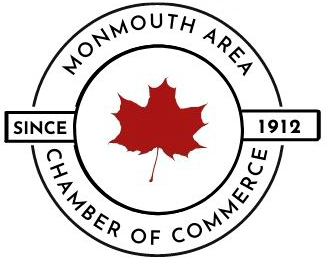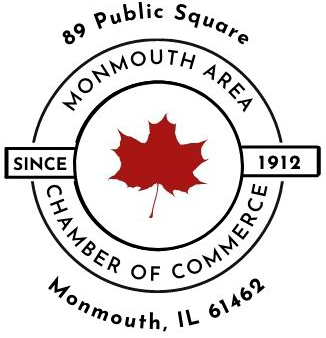Throughout much of the 19th century, most laundry was done by hand in a laborious process that often stretched over three days. Some cities offered commercial laundries, but the work was still done by hand, often by Chinese immigrants who toiled long working days for minimal wages. The invention of the steam laundry began to change all that.
Steam laundries did not clean with steam. Rather, they made use of a boiler and a steam engine to power the machinery. The boiler also created hot water for the laundry and steam for a commercial press that eliminated the need to use hand irons heated on a stove, which could scorch clothing.
In the late 1870s, steam laundries began popping up in larger cities, where residential access to water was limited and even if a housewife managed to do a load of laundry, hanging it to dry outdoors amid coal smoke would soon make it dirty again. These laundries resembled factories and almost exclusively employed women, who were still required to do a lot of handwork, particularly washing and pressing items like collars and cuffs, as well as delicate lace curtains, which were all the rage
There was also the issue of soap, which was primitive at the time, made of tallow soap and soda ash. In order to eliminate the high fatty acid content, laundry had to be boiled at least 15 minutes to avoid a rancid odor in the clothes. Temperatures in the laundries got very hot, and the long skirts and long sleeves worn by workers made things miserable, particularly in the summer.
As commercial machinery became increasingly available, steam laundries reached smaller towns, including Monmouth. In 1883, the City Steam Laundry was established in the basement of Claycomb Hall on the north side of the Public Square, but a succession of owners could not make it successful. In 1884, the company was purchased by a former policeman named Dick Shields, who hired an experienced laundryman from Chicago. Business picked up, and the following year he purchased new equipment and moved to larger quarters on South Main, under the name Monmouth Steam Laundry.
Shields sold the laundry in 1886 to John F. Searles and Harry Blackburn, who changed the name to Maple City Steam Laundry. A competitor, the First Avenue Steam Laundry, opened in 1891 in a former woolen mill at the corner of East 1st Avenue and South 2nd St., changing its name in 1893 to Monmouth Steam Laundry. New owners in 1894 moved the business to 110 West 1st Ave.
In 1904, Searles, who had bought Blackburn’s interest in Maple City Steam Laundry, announced he was building a four-story steel office building that would be powered by two 100-horsepower boilers, and a 100-horsepower engine to provide electricity for the building and the new Colwell’s department store next door. In the rear he constructed a modern two-story laundry, which he operated until his retirement in 1917.
That was all I knew about Monmouth’s early laundries until I was recently contacted by Monmouth city clerk Susan Trevor, who brought me a postcard that had been found by a collector in Winona, Minnesota. Written in Swedish and mailed from Monmouth in 1910 to a friend or relative in Utah, the card pictured a man and his wife standing in front of a laundry with two other women.
A little research turned up the information that in 1909, a Swedish immigrant named Edmund A. Johnson moved to Monmouth from Berwyn, Illinois, with his wife, Hannah, and sons, Carl and Arthur. Johnson apparently purchased the Monmouth Steam Laundry that had operated on West 1st Avenue, and by the next spring, began operating it at a new location — 614 North Main St. The family lived next door, at 618 North Main.
Hannah and the boys worked in the laundry, but in September Carl died of typhoid fever. Four years later, Arthur married and left for a new job in Moline. But the business thrived. By 1911, it was known as the Monmouth Model Laundry, and had a drop-off location at Nelson’s Barber Shop on the Public Square.
Johnson retired in 1916 and sold the business to Thomas G. Davis. At that time, Johnson wasn’t sure what he would do next, but Monmouth Hospital’s board of directors decided it would install a laundry facility at the hospital, and Johnson agreed to solicit funds and get the laundry off the ground. By 1920, Johnson was operating a delicatessen in Chicago, and by 1930 he was living in Galesburg working as a grocer. Hannah died in 1943 and Edmund died in 1955.
Meanwhile, the Model Laundry continued to operate at 614 North Main, first by Ernest Olson and beginning in 1927 by a Canadian named John Sanders, who opened an office at 113 East 1st Ave., with the laundry plant still on Main Street. Rug cleaning was also added to the services.
Sanders retired in 1941, and while he and his wife, Katherine, continued to live in the house next to the laundry, the shop remained unoccupied. A 1945 city directory seems to indicate that it was torn down, as nothing was listed at the 614 address. John Sanders died in 1957 and Katherine died in 1963.

by Jeff Rankin
Editor and historian for Monmouth College. Avid researcher of western Illinois history for 40 years. FB and Twitter. jrankin@monmouthcollege.edu



